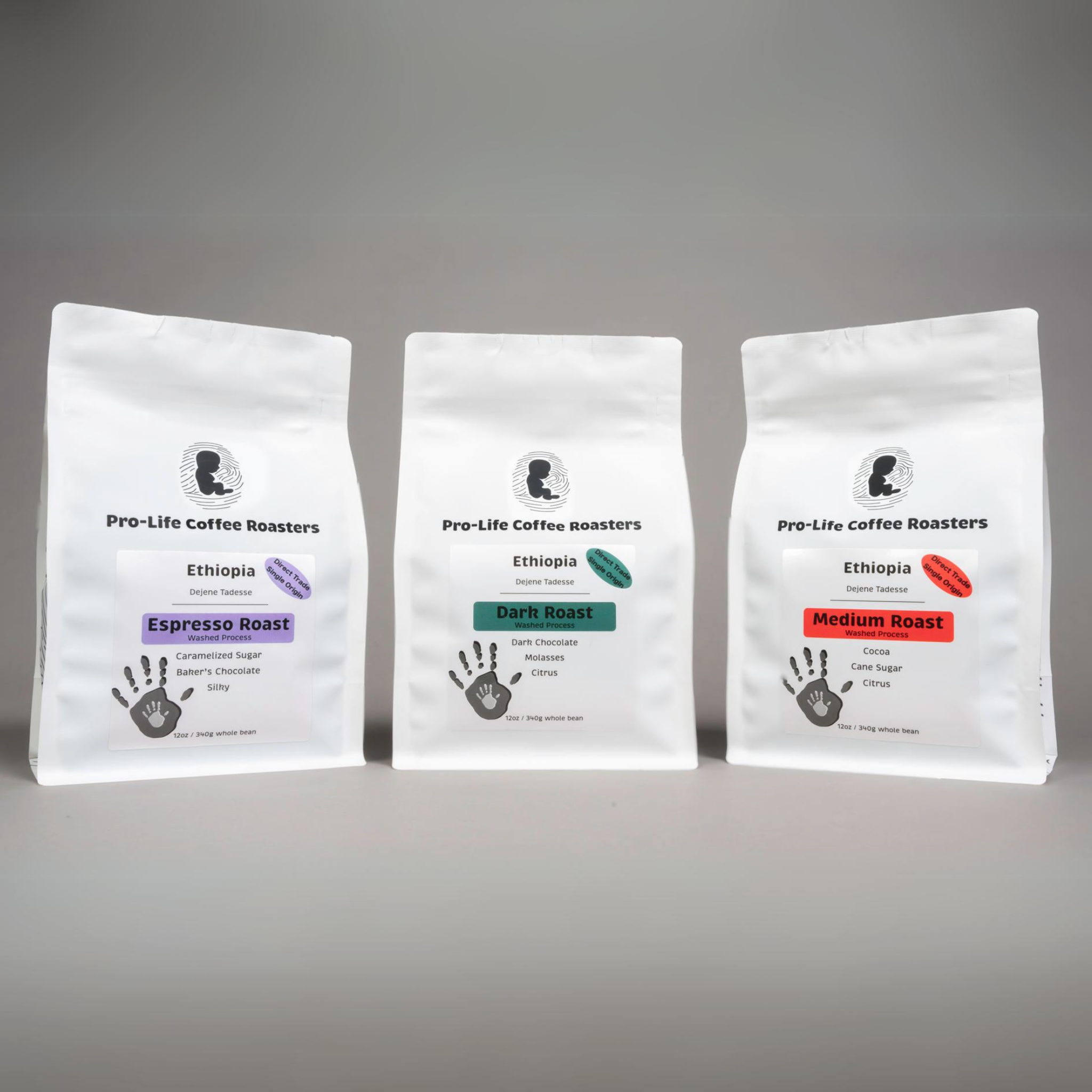Discovering the Origins Behind Top-Tier SOE Single Origin Espresso
Discovering the Origins Behind Top-Tier SOE Single Origin Espresso
Blog Article
Recognizing Coffee Beans: the Journey From Espresso to Blended Coffee Beans

The Origins of Coffee: A Worldwide Perspective
While you might think of coffee as a contemporary staple, its beginnings map back centuries, linking with societies across the globe. The story starts in Ethiopia, where legend says a goat herder named Kaldi uncovered the invigorating impacts of coffee beans after noticing his goats frolicking energetically after eating them.
As profession routes increased, coffee made its method to Europe in the 17th century, swiftly getting popularity. It transformed from a mystical beverage right into a daily ritual, intellectual exchanges and motivating events. Each culture included its unique twist to coffee preparation, enriching its background. This international journey highlights how coffee connects us, transcending borders and uniting varied traditions with an easy bean.
Growing and Harvesting of Espresso Beans
As coffee's trip advanced, the focus moved to the growing and harvesting of details bean selections, particularly those made use of for espresso. You'll discover that coffee beans typically originate from Arabica or Robusta plants, each offering distinct tastes. The suitable growing conditions include high altitudes and abundant, well-drained soil, which boost the beans' top quality.
Throughout the harvest, picking methods vary. Timing is vital; you want to harvest when the cherries reach peak perfection for optimum taste.
Once harvested, the beans are planned for processing, which is necessary in determining their final preference. Understanding the farming and gathering procedures provides you insight right into what enters into your favored coffee, enhancing your gratitude for each mug.
Processing Methods: From Cherry to Bean
Since you have actually learned about collecting coffee beans, let's check out just how those cherries change right into the coffee beans you love. You'll see exactly how various harvesting techniques effect taste, complied with by the vital actions of fermentation and drying out. We'll break down the milling and grading procedure that establishes your coffee's quality.
Harvesting Strategies Clarified
When it concerns coffee, understanding harvesting methods is vital, since they directly impact the taste and high quality of the beans you appreciate. There are two key approaches: selective selecting and strip selecting. Discerning choosing involves hand-picking just ripe cherries, ensuring you obtain the finest high quality beans. This method typically causes a richer flavor account, though it's more labor-intensive. On the various other hand, strip picking ways harvesting all cherries at the same time, despite perfection. While it's quicker and less expensive, this can lead to a mix of tastes, influencing the end product. Inevitably, the choice of harvesting method can substantially affect your coffee experience, so it's worth knowing just how those beans made it to your cup.
Fermentation and Drying
After harvesting, the next action in processing coffee beans play a significant function fit their flavor. You'll discover that fermentation is crucial, as it helps break down the mucilage surrounding the beans, enhancing their taste profile. Depending upon the technique, this process can last from a few hours to a number of days, with differing results based on temperature and humidity.
When fermentation is total, drying out adheres to, which is just as crucial. You can pick from mechanical or sun-drying drying out methods. Sun-drying allows the beans to absorb tastes from the atmosphere, while mechanical drying out warranties constant dampness levels no matter of weather condition. Proper drying is necessary to avoid mold and mildew and preserve the beans' high quality, inevitably influencing your cup of coffee.
Milling and Grading Process
As fermentation and drying set the phase for flavor advancement, the milling and grading process assurances that just the ideal coffee beans make it to your cup. This stage includes getting rid of the outer layers of the coffee cherry, including the parchment and husk. High-grade beans receive a higher quality, resulting in a richer coffee experience.
Roasting Strategies: Opening Flavor Potential
When you roast coffee beans, the technique you choose can dramatically impact the flavor profile. Comprehending the connection between time, temperature, and toasting methods is vital to disclosing the possibility of your mixture. Let's check out just how these components integrated to develop the excellent mug.
Roasting Methods Explained
While you might assume that all coffee toasting techniques produce the same outcomes, the fact is that each method reveals distinct flavor possibilities in the beans. You can pick in between methods like drum toasting, air roasting, or perhaps conventional pan roasting. Drum toasting utilizes a rotating drum to equally disperse heat, boosting caramelization and creating a balanced flavor. Air roasting, on the other hand, flows hot air around the beans, promoting a lighter roast with obvious level of acidity. Frying pan roasting enables hands-on control but needs constant focus to avoid burning. Each method has its nuances, so explore different methods can aid you discover the excellent roast that lines up with your taste preferences. Appreciate the trip of finding your perfect mug!

Effect On Taste Account
Various roasting techniques not just affect the process yet additionally substantially affect the taste account of the coffee beans. When you pick a light roast, you'll experience brilliant acidity and flower notes, showcasing the bean's origin. In comparison, a medium roast equilibriums level blog here of acidity with sweetness, commonly revealing chocolatey touches. Dark roasts, on the other hand, highlight vibrant, smoky flavors, occasionally concealing the bean's unique features. Each method reveals various oils and substances, leading to a vast array of flavors. By explore numerous roasting designs, you can uncover which profiles resonate with your taste buds. Comprehending these nuances helps you appreciate the virtuosity behind your cup of coffee, boosting your general experience with every sip.
Time and Temperature Elements
To launch the complete taste possibility of coffee beans, both time and temperature throughout the roasting procedure play significant roles. When roasting, you'll discover that greater temperature levels can promptly create tastes, however if you hurry it, you may end up with scorched notes. Alternatively, lower temperature levels permit a much more gradual taste development, showcasing the beans' one-of-a-kind qualities.

Timing is just as important; prolonging the roast also long can cause a loss of level of acidity and brightness, while as well short a roast might leave the beans underdeveloped. Finding that wonderful place calls for method and testing. By changing these variables, you can reveal the abundant, complicated flavors concealed within each bean, producing a truly impressive coffee experience.
The Art of Mixing: Crafting One-of-a-kind Coffee Accounts

Begin by choosing a base coffee that provides a strong structure. A bright Ethiopian bean can bring fruitiness, while an abundant Brazilian coffee adds body.
As you blend, maintain in mind that each mix narrates. You're not simply making More Bonuses coffee; you're creating an experience. So, take your time, taste regularly, and delight in the trip of uncovering your signature blend.
Developing Methods: How Preparation Impacts Flavor
Mixing coffee opens up a domain of taste opportunities, however just how you brew that blend can significantly affect your last cup. Various developing methods extract one-of-a-kind tastes and fragrances, so it's vital to select carefully. As an example, a French press allows debris and oils to continue to be, developing a rich, robust experience. On the various other hand, a pour-over highlights the coffee's clearness and brightness, best for showcasing delicate notes.
Espresso, with its high pressure, generates a focused shot that highlights sweet taste and crema. If you favor a lighter brew, consider a cold mixture technique; it produces a smooth, less acidic taste.
Ultimately, trial and error is vital. Readjusting variables like water temperature, grind size, and make time can transform your coffee's profile. Embrace the art of developing to discover the flavors concealed in your coffee blends. The right technique can boost your experience to brand-new elevations.
The Future of Coffee: Sustainability and Development
As the coffee market advances, sustainability and innovation are coming to be important for attending to ecological obstacles and conference consumer needs. You'll discover that more coffee business are embracing eco-friendly methods, from sourcing beans click for source fairly to carrying out lasting farming strategies. These shifts not just assist the planet yet likewise improve the top quality of the coffee you take pleasure in.
You might see advancements like naturally degradable product packaging and water-saving developing methods that minimize waste. Advanced innovation, such as blockchain, is additionally ending up being prominent, making sure transparency in the supply chain, which permits you to trace your coffee back to its beginnings.
On top of that, spending in neighborhood neighborhoods and sustaining farmers via reasonable trade efforts promotes an extra lasting coffee community. As you sip your next cup, keep in mind that your selections can add to a brighter future for coffee. By selecting lasting brand names, you're not just appreciating a drink; you're making a positive influence on the globe.
Frequently Asked Concerns
What Is the Difference Between Arabica and Robusta Beans?
Arabica beans are smoother, sweeter, and have a higher acidity, while robusta beans are more powerful, more bitter, and contain more high levels of caffeine. You'll discover these differences in taste and fragrance when making your coffee.
Just How Does Elevation Affect Coffee Bean Taste?
Elevation impacts coffee bean taste significantly. Greater altitudes create beans with brighter level of acidity and facility tastes, while reduced altitudes usually yield beans that are larger and less nuanced. You'll discover these distinctions in your mug!
What Are the Health Benefits of Alcohol Consumption Coffee?
Consuming alcohol coffee can boost your power, improve psychological focus, and also enhance physical performance. It's abundant in anti-oxidants, may reduce the threat of specific illness, and can promote a healthier metabolic rate when eaten in small amounts.
Can Coffee Beans Be Reused for Brewing?
Yes, you can recycle coffee beans for brewing, however the taste may be weaker. If you delight in exploring, try reusing them in different means, like chilly brews or contributing to smoothie mixes for an additional kick.
Exactly how Should I Shop Coffee Beans for Quality?
To maintain your coffee beans fresh, keep them in an impermeable container in a trendy, dark area. Prevent subjecting them to light, wetness, or warm, as these elements can swiftly deteriorate their flavor and scent.
Recognizing Coffee Beans: the Journey From Espresso to Blended Coffee Beans.
Now that you've discovered concerning collecting espresso beans, let's explore just how those cherries change right into the coffee beans you like.When you roast coffee beans, the method you choose can considerably affect the flavor profile - Single Origin Espresso.While you may assume that all coffee toasting approaches produce the same outcomes, the truth is that each strategy reveals distinct flavor possibilities in the beans.Various toasting methods not just affect the procedure however also greatly influence the taste profile of the coffee beans
Report this page